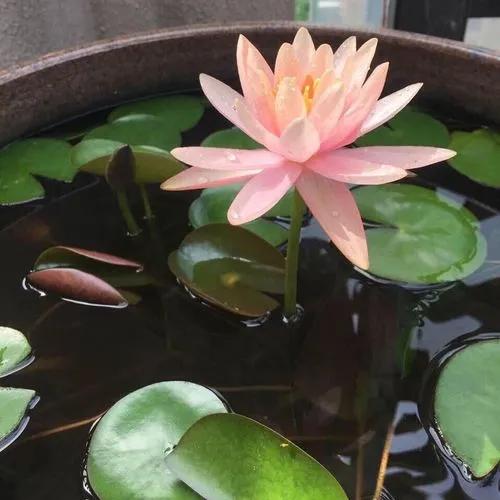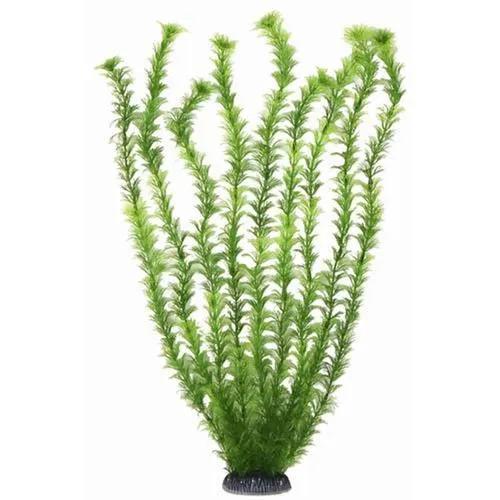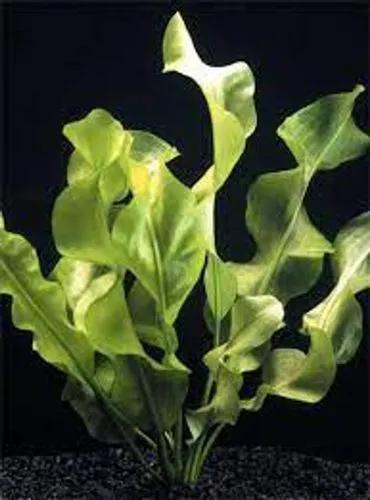It is a genus of monocotyledonous flowering plants, commonly known as rushes.
Hard Rush Care
Juncus inflexus



Juncus inflexus, commonly known as hard rush or blue rush, is a rhizomatous, densely-tufted perennial with upright, cylindrical, blue-green stems/leaves. This is a true rush that will grow to as much as 40" tall. It is native to marshes, wet meadows, flood plains, river/lake margins, wet hillsides (sandy or peaty) and ditches in Europe, Asia and North Africa. It has been introduced in northeastern North America (Ontario, Michigan, New York, Massachusetts, Pennsylvania, New Jersey and Virginia). Tiny, straw to reddish-brown flowers in loose cymes bloom at some stem ends in late spring to mid-summer. Flowers give way to short-beaked brown seed capsules. nts in basket weaving.
This plant is useful.
How to get rid of:
Dig up the area thoroughly. This is not an easy job, because it is not enough just to dig up the ground - you also need to scrupulously select all the rhizomes from it.
How to Care for the Plant

Popularity

143 people already have this plant 27 people have added this plant to their wishlists
Discover more plants with the list below
Popular articles






